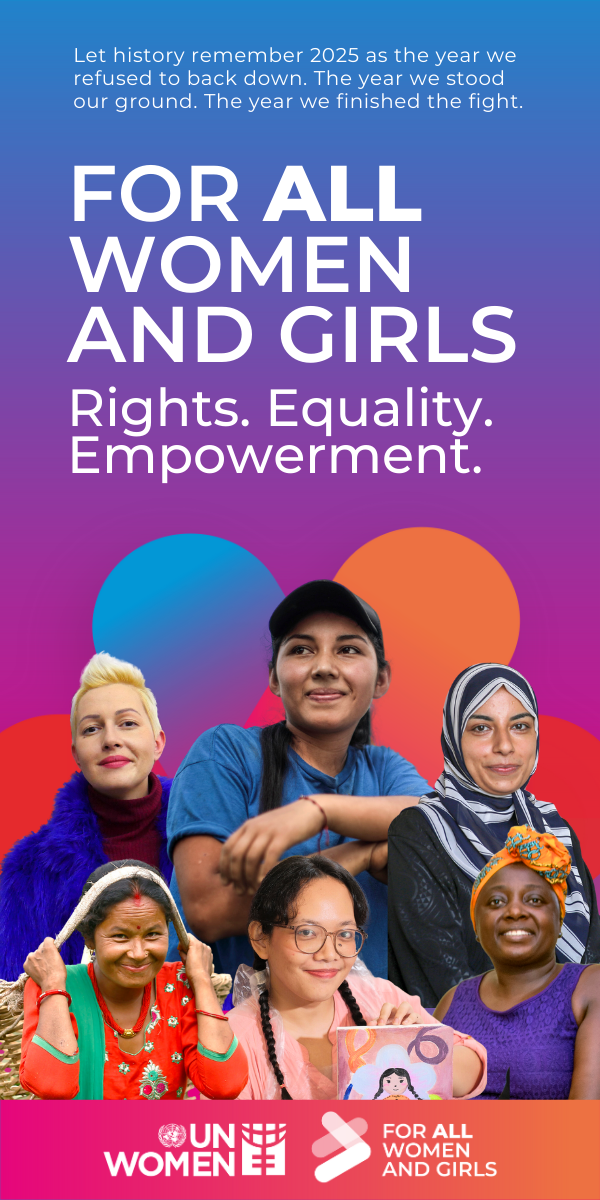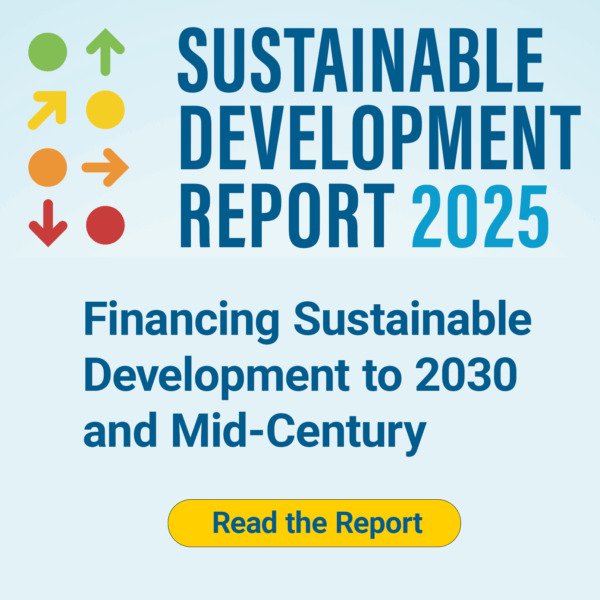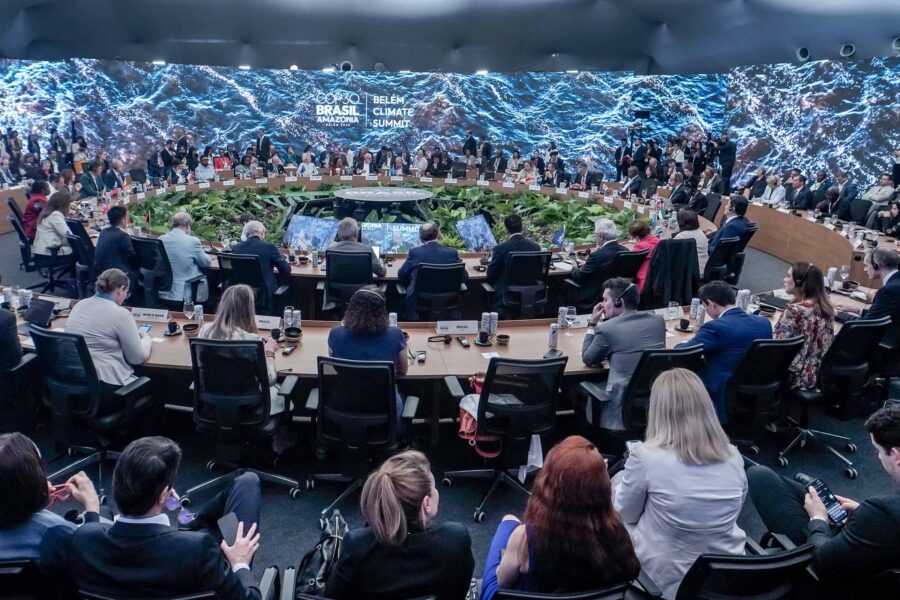Low carbon tipping points
Renewable energy is surging, costs are falling, and investment is booming. Yet questions remain over whether this momentum marks an irreversible turning point – and how quickly fossil fuels can follow suit
Climate — Global

In his special address on climate action in July 2025 in New York, UN Secretary-General António Guterres declared that the world is “on the cusp of a clean energy era” that can bring energy, climate, and sustainable development priorities into one coherent vision. Positive signs also point to rapidly rising renewable energy installations worldwide and falling costs in many regions. Against this backdrop, can we say that renewable energy has passed its tipping point? If so, when are fossil fuels expected to peak – and how rapidly can they be phased out?
Are we at the low carbon tipping point?
A tipping point occurs when a critical threshold triggers self-reinforcing change within a system. These irreversible and systemic changes can be triggered by:
- the adoption of new technologies or practices
- changes in some parts of the ecosystem in the context of climate change
- the adoption of new behaviors or the spread of new social norms in social systems
Evidence suggests that renewable energy may have reached its positive tipping point:
- onshore wind and solar photovoltaic were the cheapest renewable sources in 2024 – 53% and 41% less expensive than fossil fuel resources, respectively
- 92.5% of the total electricity capacity addition globally in 2024 was from renewable sources
- USD 2 trillion in clean energy investments was mobilized globally in 2024, USD 800 billion more than the investment in fossil fuels
- according to the International Energy Agency, clean energy fueled 10% of global GDP growth in 2023
Whether these positive trends will continue to induce self-perpetuating and irreversible systemic change, however, will depend on the political and market environments – how strongly world leaders are willing to level the playing field between renewable energy and fossil fuels. Could the global renewable energy supply chain remain cost-competitive?
A recent study, Unlocking Clean Power for All, highlighted that tipping points for renewable energy might have been reached only in advanced economies and in Brazil, China, and India. Meanwhile, emerging and developing economies are confronting substantial barriers in renewable energy development, such as high capital costs, a lack of technological and technical readiness, and insufficient human and supply-chain capacity.
Despite considerable progress in transitioning toward renewable energy, the other notable side of the energy decarbonization journey is the systemic transitioning away from fossil fuels – a challenging and prolonged process for many developing nations.
There has been continued expansion of coal fleets to meet the rising demand in developing economies. Coal-dependent countries, such as China, India, Indonesia, Japan, South Korea, and Vietnam, have added over 370 gigawatts (GW) of coal capacity since 2015, with more than 300 GW of new coal capacity in the pipeline.
Oil and gas assets continue to expand globally, including in the Middle East and North Africa region, the United States, and many parts of Asia and Southeast Asia, albeit coupled with emissions-abatement strategies, such as methane reduction, hydrogen adoption, and carbon capture and storage (CCS and CCUS).
It is evident that the tipping point toward clean energy and the tipping point away from fossil fuels are not necessarily in concert – they are subject to distinct sets of drivers and thresholds. Moreover, they differ widely in asset management and operational requirements, capital and risk profiles, supply chains, and socio-economic implications.
What factors determine the pace of fossil fuel phase-out?
For many political leaders, the challenge lies in how to decouple fossil fuel expansion from economic growth and energy security, especially for fossil fuel exporting countries. The fossil fuel transition necessitates fulfilling environmental, social, and economic objectives, including facilitating a just and equitable transition for affected regions and communities, covering relevant opportunity costs and economic losses, and strengthening local capacity to capture clean-economy opportunities.
Strategies for economic diversification away from fossil fuels will involve careful national and local transition planning and management, the development of local physical and social infrastructure, and the creation of conditions for a clean economy in manufacturing, supply chain, agriculture, and tourism. Their implementation, however, hinges on effective mobilization of public and private finance, and investment in human capital.
International commitments and collaboration are another critical factor that will determine the speed of the fossil fuel phase-out. There was a brief breakthrough moment at COP28 when “transitioning away from fossil fuel” was incorporated into the official COP Joint Statement. Yet there has been little action or support for its implementation globally, despite billions of dollars promised by governments to international initiatives to phase out fossil fuels, such as Just Energy Transition Partnerships (JETPs).
As the build-out of coal-fired power plants (accounting for almost 40% of global emissions in 2024) continues in some economies, the reduction in coal use for electricity generation can be achieved in a short time frame through the retirement of less efficient assets, restricted dispatch of coal plants, and more stringent emissions standards. Through these measures and significant expansion of renewable energy, experts believe that China’s emissions may have peaked, four years ahead of its 2030 target.
The phase-out of fossil fuel requires addressing both supply-side and demand-side challenges, aligned with just transition principles. Critical factors that will impact how fast fossil fuel assets can be phased out may include:
- capacity to implement a just transition, including governments’ ability to implement transition policies, and local communities’ capability to seize new economic opportunities
- dependence on fossil fuels, where a reduction in fossil fuel rents as a share of a nation’s GDP creates a positive incentive for exporting countries to move away from fossil fuels
- finances, and their availability and accessibility, and effective business models for coal phase-out
- disincentives for fossil fuels, such as the removal or reduction of fossil fuel subsidies, and policy and market measures to shift economic and cost structures to reduce the value of fossil fuel assets
- incentives and conditions for a clean energy virtuous cycle, by incentivizing the development of clean energy assets and supply chains
What still needs to happen?
The global energy transition has reached a decisive turning point: while countries clearly recognize renewable energy as economic and development opportunities, the fossil fuel phase-down remains protracted and financially constrained.
As of 2 October 2025, 60 countries, covering 31% of global emissions, have submitted updated or new nationally determined contributions (NDCs). Among them, 47 countries include explicit references to displacing fossil fuels in their electricity mix. However, few include clear phase-down timelines or specific language on winding down production of coal, oil, and fossil gas.
To better engage and mobilize public and private-sector resources for phasing down fossil fuels, countries need clear targets, timelines, enforceable transition roadmaps, and robust implementation and financing pathways in national development planning and sectoral planning. Meanwhile, removing or reducing global fossil fuel subsidies will help to improve nations’ financial health and provide the USD 2.4 trillion needed each year for developing countries (excluding China) to build clean energy economies and adapt to climate impacts.
A systemic and equitable shift away from fossil fuels calls for strong international collaboration and coordination. Global platforms, such as COP and NDCs, can help drive consensus and actions on phasing out fossil fuels by embedding phase-out milestones in NDCs, establishing accountability mechanisms, enhancing transparency, and harmonizing fossil fuel finance reporting.
With an estimated USD 4 trillion yearly sustainable investment gap in emerging markets and developing economies, a just and equitable transition away from fossil fuels faces significant challenges. As nations move past positive tipping points for renewable energy, we must remain optimistic that collective climate action will pave the way for the world to reach the next major milestone for fossil fuel phase-out.
Featured in:
Climate Action edition 2025
Beyond the disappointing headlines from COP30, progress is still being made on climate action. Even without the roadmap for the phaseout of fossil fuels making it into the conference's final statement, fossil fuels are on their way out. Renewables have already reached the tipping point where they are commercially more attractive than fossil-fuel alternatives - momentum for the transition will start to gather pace.
This edition picks up on themes from the latest COP: systems transformation, human dimensions and planetary stewardship.
Authors include: Yamide Dagnet, Emi Minghui, Selen Inal, Jumpei Takami, Bilel Jamoussi, Karen Ellis, Mohamad Ansarin, Diana Denke, Juan Lucas Restrepo, Beatrice Mosello, Alexandra Steinkraus, Mauricio Voivodic, Meghna Das, Mariana Matoso, Bernardo Arce and Mia Calle.
Publication date: 26 November 2025







